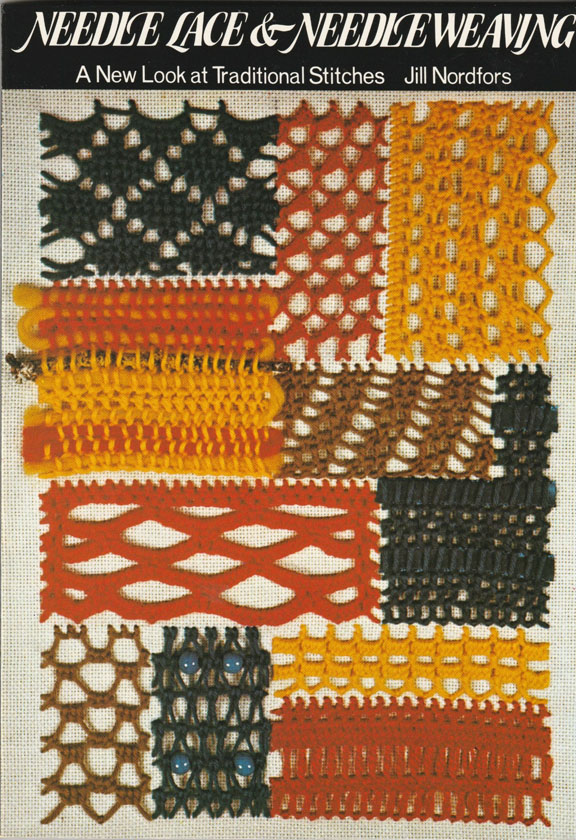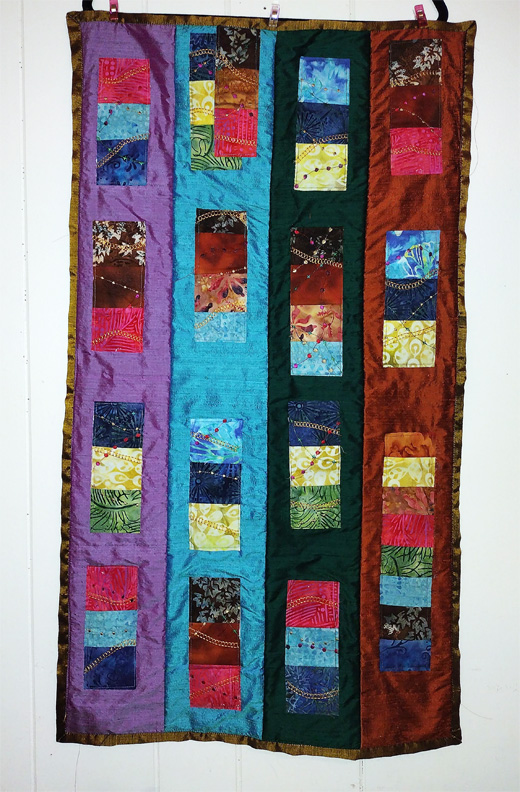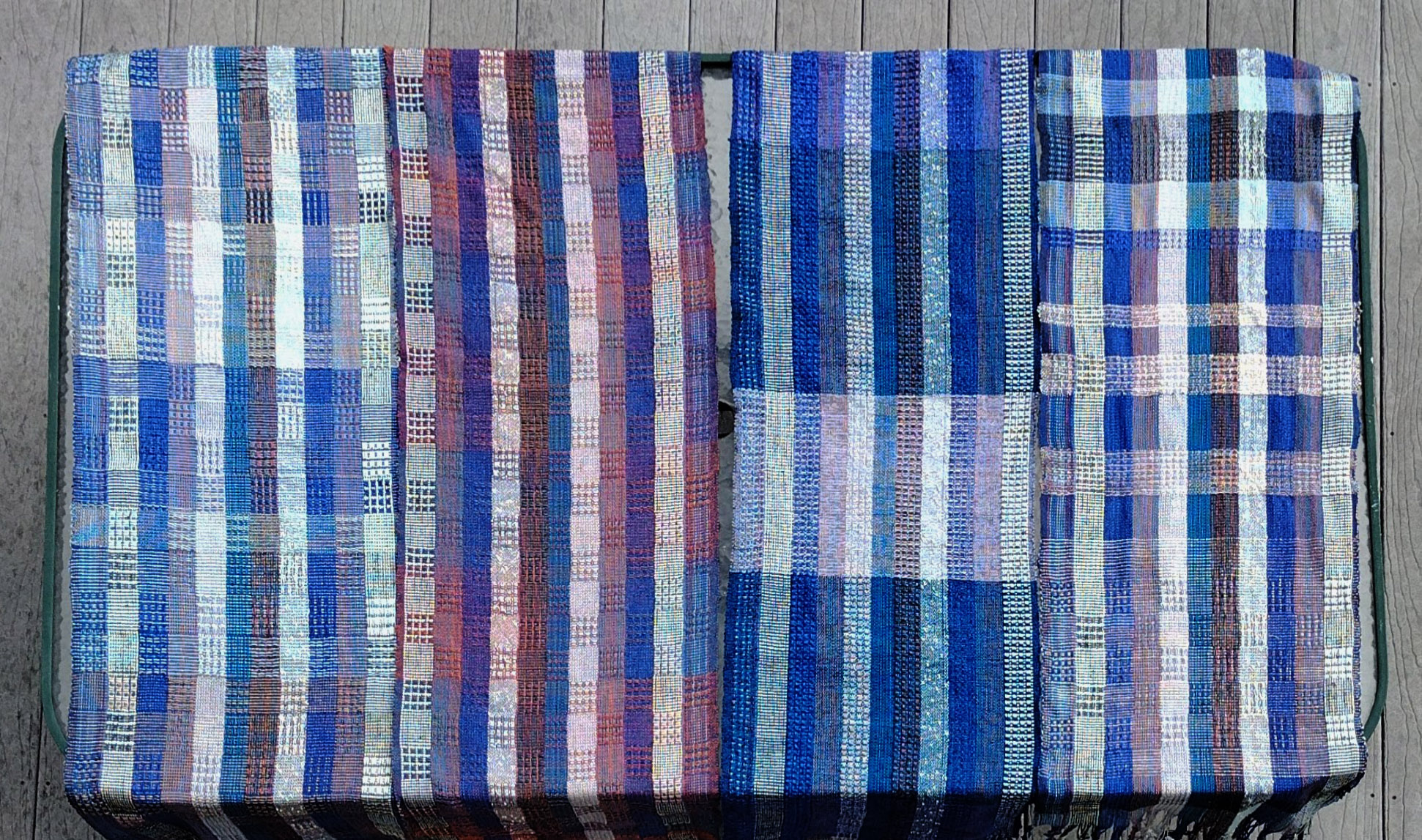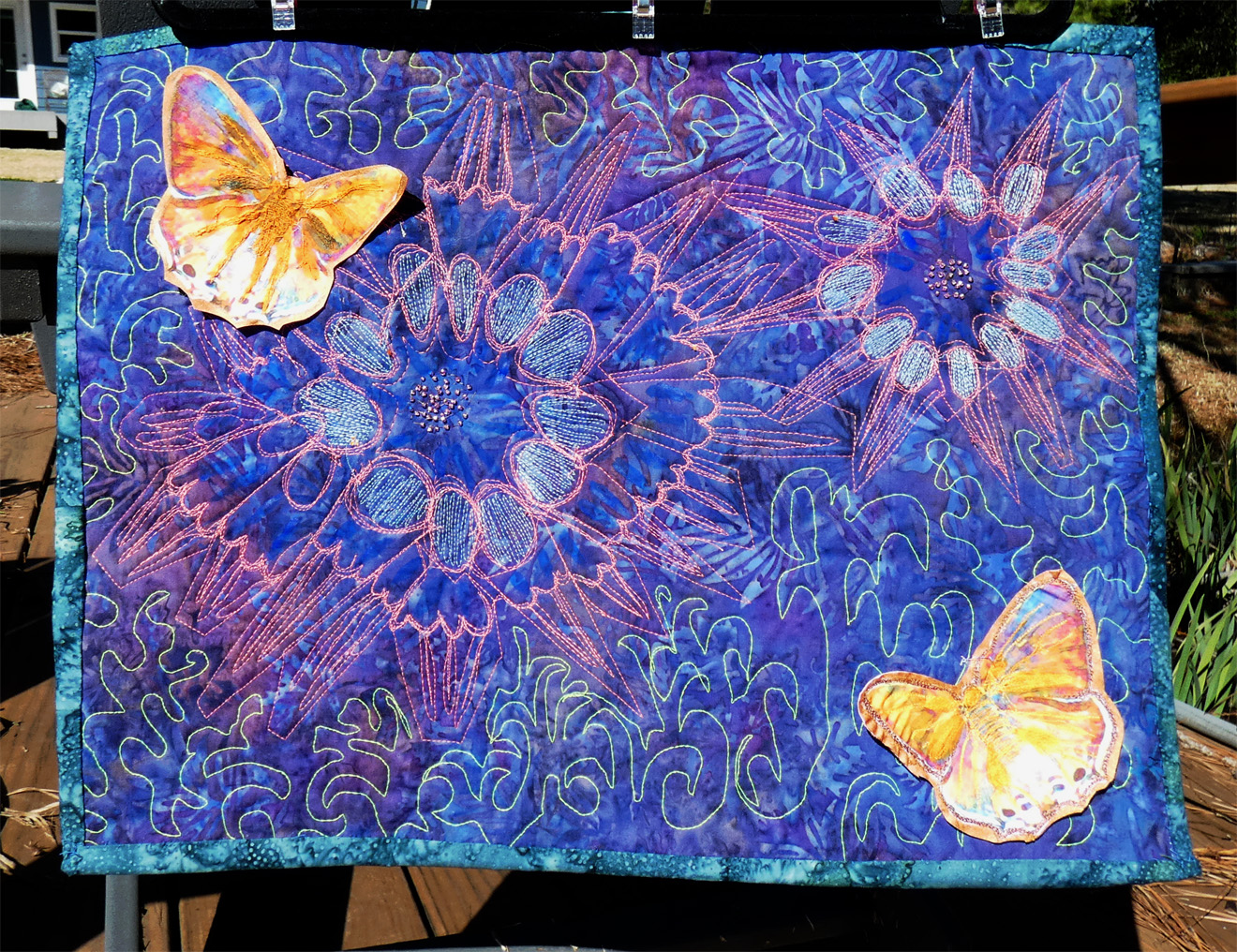Host and Guests – Ludwigia
I have a goal to identify all the species living on our farm. The pond plants in particular have been a problem for me, because a lot of them look similar. And even though I own a lot of special interest field guides, on things like toxic plants, aquatic plants, and weeds of the Texas rangelands, I haven’t been able to find them in those books.
A few weeks ago, I started making a concerted effort to identify this one — it sprouts up in new locations each year, it grows to about five feet tall, it has willow-like leaves, and small yellow flowers about one inch across. Its most iconic feature is long thin seed tubes.
Somewhere in the past I had gotten the idea that this was called Mexican seedbox, but online information didn’t match exactly with what I was seeing. Features that I would expect to be consistent, weren’t. Most of the time the flowers had six or seven petals; but often only four. And I noticed two different shapes and sizes of the seed boxes — one was about two inches long and very thin; the other was about an inch long and squattier. I’m no scientist, so I didn’t even know if plants could do that, but to me it seemed as strange as if cucumbers and peppers were growing on the same plant.
Finally I realized that two closely-related plants are growing intertwined with each other! Once I started looking more closely, I realized that the second one has graceful, flexible stems, that allowed it to sort of blend in with the taller, stalkier plant.
Finally I found this very descriptive post which leads me to believe that the tall shrubby plant is anglestem primrose-willow, Ludwigia leptocarpa. It could be Mexican primrose-willow, Ludwigia octovalvis, described here at the Lady Bird Johnson Wildflower Center site — but the plant growing here has hairy stems and six to seven petals, which fits the leptocarpa profile. But I am not sure.
The second one could be cylindricfruit primrose-willow, Ludwigia glandulosa Walter, or possibly another one from a long list at the USDA (I can’t link to the search results there). Going through that list, I saw a picture of Ludwigia alternifolia, and realized that plant grows here also, so that makes three! No wonder I was confused.
So for weeks I have been looking online for information, then going out to check the plants for matching features, then reading again, then checking again — and during that time I have seen so many creatures living on the Ludwigia species. I have really enjoyed checking them a few times a day, and even at night, to see what I can find.
And then that leads to more rounds of identity-checking, but for insects instead of plants. You can click on the pictures to see a larger image.

Eastern Lubber Grasshopper, Romalea microptera. This grasshopper has been in the same place on the very same plant for 11 days running.

The ubiquitous love bugs, Plecia neartica.

When the larva grows up, it will look like this. Banded Sphinx moth at BugGuide.net
I have really enjoyed my daily check-ins with these plants!





























So love the insect photos 🙂 Plant ID is an art that’s for sure
Thank you! I admire how sharp your photos are — some of these turned out pretty well but there were so many out of focus ones too. I wish I could mind meld with my camera to tell it what I am trying to focus on. 🙂
The PowerShot SX70HS seems to be more stable when in macro or telephoto. I still have issues getting the focus on what I want. Sometimes I get the background when I want foreground and visa versa. The 70 has a slow zoom which is great control 🙂
I love the Ludwigias! I know L. leptocarpa and L. glandulosa, but your third is new to me. I especially like the caterpillars you found, but as for those love bugs? A pox on them all!
I read that in Florida, they can cover people’s windshields as they are driving along! Thank goodness they aren’t as bad here. Since I was a teacher, I always associate them with the first days of school, and all the girls screaming about them on the playground. 🙂
That L. alternifolia is growing much further from the shoreline than the other two, and has pretty much already finished blooming. I did find one plant that was still green. I do love the look of it when it is dried up.
Oh, my goodness. I’ve found concentrations of them here you wouldn’t believe. On a trip home from the hill country once, I ran into them around Hallettsville and El Campo, and had to stop twice to clean the windshield.
Here’s why I hate them so: they adore the smell of fresh varnish. When they’re in season, I have to varnish before they get up in the morning and after they go to bed. If they’re around, and you open a can of varnish, they’ll fly straight into it. Yuck!
My husband left our doors open to bring in some fresh cool air last weekend — they were all over the house. But at least they weren’t stuck to anything — I can’t imagine getting them out of varnish!
Actually, there’s a technique. You let the varnish dry well, then you break their little legs, toss the carcass, and polish out the leg remnants!
If I hadn’t had to deal with lovebugs in my own fashion, I would think you sounded heartless. 🙂 But now I am laughing heartily!
beautiful photography
Thank you — some of them were actually from my phone! I may make it into the 21st century yet.
These photos are incredible! I was sharing them with my children as we’re doing remote learning…it’s an extra science lesson!
Oh hurray! That is my hope for this blog and my iNaturalist observations, etc.– that they will be useful to someone, and maybe teach that these lesser known plants are important too. 🙂
I was going to recommend another nature blog for you, one where she has posted writing activities for kids, but I just checked and that site is not active right now.
Let me know if you ever need any specific kinds of photos and I will look to see what I have!
Thank you so much!
Congratulations! Your blog has been included in INTERESTING BLOGS in Friday Fossicking at
https://thatmomentintime-crissouli.blogspot.com/2020/09/friday-fossicking-25th-sept-2020.html
Thank you, Chris
Wonderful photos, as always…
Thank you, Chris!
You’re welcome.. always interesting.
Pingback: Nature Photo Challenge #21: Water Plants | Little Wild Streak